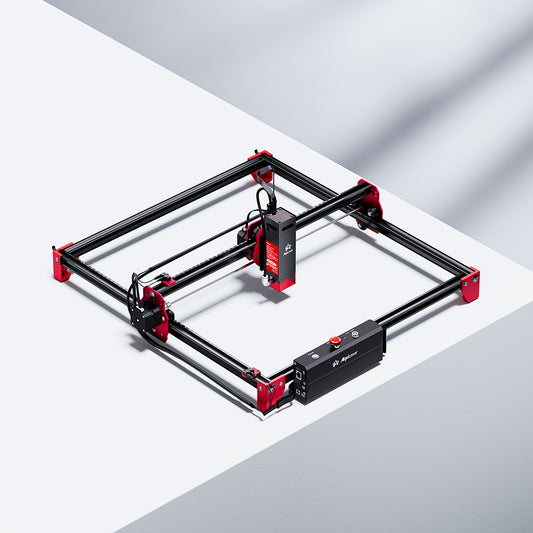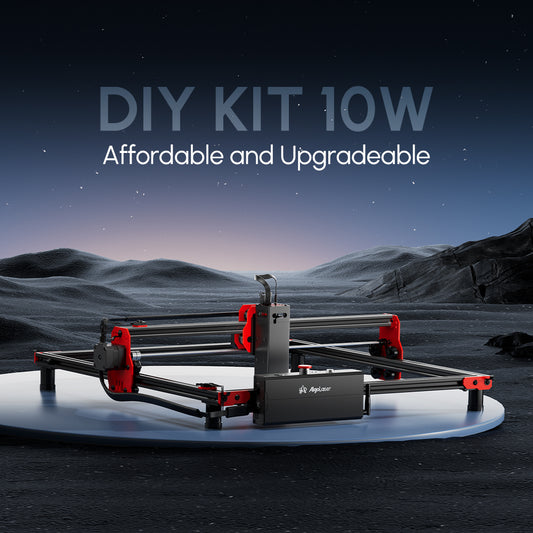Home / News
Discussing Laser Engraving Techniques
Craft Definition
Laser engraving processing is based on numerical control technology, with laser as the processing medium. The material undergoes instantaneous melting and gasification under laser engraving irradiation, leading to physical changes. The optical energy of the laser beam causes chemical and physical changes in the surface material, leaving traces, or burns off some material to reveal the desired engraved patterns or text.
According to the engraving method, it can be divided into dot matrix engraving and vector cutting.
Dot Matrix Engraving: Similar to high-definition dot matrix printing, the laser head swings left and right, engraving a line composed of a series of points each time. Then, the laser head moves up and down simultaneously to engrave multiple lines, finally forming the entire image or text.
Vector Engraving: Carried out along the outline of the graphics or text, this mode is commonly used for penetrating cutting on materials such as wood, paper, acrylic, etc., and can also be used for marking operations on various material surfaces.

Craft Characteristics
Laser Engraving Speed
Refers to the speed at which the laser head moves, usually expressed in IPS (inches per second). Higher speed brings higher production efficiency. Speed can also be used to control the depth of cutting or engraving. For a specific laser intensity, the slower the speed, the greater the cutting or engraving depth. Engraving speed can be adjusted through the control panel of the laser engraving machine or using the computer's print driver. The adjustment range is from 1% to 100%, with an increment of 1%.
Laser Engraving Intensity
The greater the intensity, the deeper the cutting or engraving.
Spot Size
Different lenses with different focal lengths can be used for adjustment. Lenses with small spots are suitable for high-resolution engraving, while lenses with large spots are suitable for lower-resolution engraving, but are the best choice for vector engraving. The standard configuration is usually a 2.0-inch lens, with a spot size in the middle, suitable for various occasions.

Diode Laser Engraving Machine Structure
The structure of a diode laser engraving machine typically consists of several key components:
Laser Engraver: The laser source used for engraving, emitting a powerful beam of coherent light.
Control System: This includes the computer interface where graphic designs are uploaded and the parameters for engraving are set. It manages the operation of the machine.
Cooling System: Diode lasers generate heat during operation, so a cooling system is essential to maintain optimal performance and prevent overheating.
Laser Head: This component contains the diode laser and focuses the laser beam onto the material being engraved.
Motion Control System: This system controls the movement of the laser head and the workpiece, ensuring precise positioning and accurate engraving.
Safety Features: Diode laser engraving machines are equipped with safety measures such as enclosures, emergency stop buttons, and interlocks to protect operators from laser radiation and other hazards.
Overall, the structure of a diode laser engraving machine is designed to provide efficient, precise, and safe engraving operations on various materials.

Applicable Materials
Bamboo and wood products, organic glass, metal plates, glass, stone, crystal, Corian, paper, double-color boards, aluminum oxide, leather, plastic, epoxy resin, polyester resin, and spray-coated metals.







